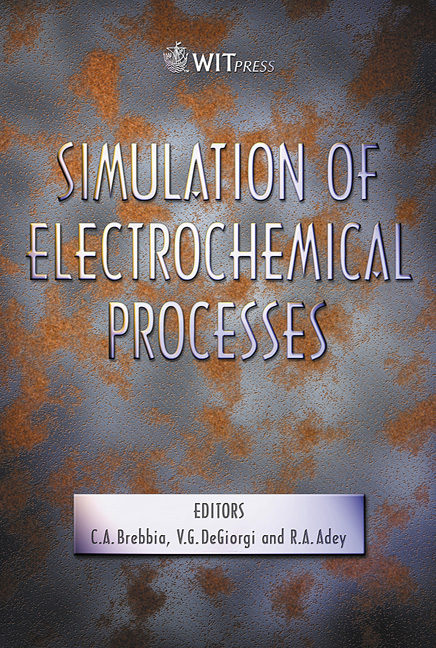Stress-corrosion Of Cold Drawn Prestressing Steels
Price
Free (open access)
Transaction
Volume
48
Pages
10
Published
2005
Size
2,971 kb
Paper DOI
10.2495/ECOR050221
Copyright
WIT Press
Author(s)
J. Toribio
Abstract
This paper evaluates the anisotropic stress-corrosion behaviour of high-strength cold-drawn prestressing steel wires. To this end, two eutectoid steels in the form of a hot rolled bar and cold drawn wire were tested. While a tensile crack in the hot rolled bar always propagates in mode I, in the cold drawn wire an initially mode I crack deviates significantly from its normal mode I growth plane and approaches the wire axis or cold drawing direction, thus producing a mixed mode propagation. In hydrogen-assisted cracking the deviation happens just after the fatigue pre-crack, whereas in localized anodic dissolution the material is able to undergo mode I cracking before the deflection takes place. An explanation of such behaviour can be found in the pearlitic microstructure of the steels. This microstructural arrangement is randomly oriented in the case of the hot rolled bar and markedly oriented in the wire axis direction in the case of the cold drawn wire. Thus both materials behave as composites at the microstructural level and their plated structure (oriented or not) would explain the different behaviour in a corrosive environment. Keywords: stress-corrosion cracking, pearlitic steel, steelmaking, manufacturing, cold drawing, anisotropic fracture behaviour, fracture micromechanisms. 1 Introduction Stress corrosion cracking (SCC) of high-strength prestressing steel is a problem of major technological concern since it can increase the risk of failure of concrete structures. This paper analyses a wide set of SCC laboratory experiments of pearlitic steel wires before and after cold drawing, i.e., the previous (base) hot rolled material and the fully drawn prestressing steel wire (final commercial product used in prestressed concrete, a material of the highest
Keywords
stress-corrosion cracking, pearlitic steel, steelmaking, manufacturing, cold drawing, anisotropic fracture behaviour, fracture micromechanisms.





